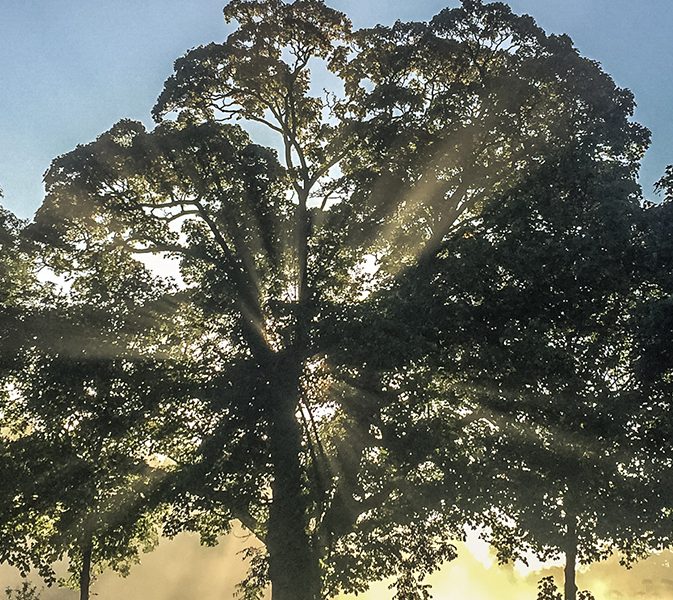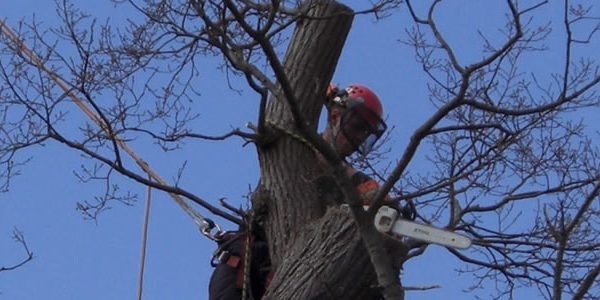
Dead Wood Removal
Dead wood removal is the removal of dead, diseased and dangerous wood from the crown (canopy) of a tree. This process is often used where a tree is growing in a public place where there are many targets (objects or people passing under or situated under the tree’s crown likely to be damaged or injured from falling wood). As trees become more mature in age, the likelihood of dead wood appearing in the crown increases. If the tree is in a forest or woodland where there is little risk of the dead limbs falling and causing injury or damage, there is no need to remove it as it offers no physiological benefit to the tree.
Dead wood removal
Trees in residential and amenity areas and roadside trees should be inspected on a regular basis to ensure that the risk of falling wood is kept to a minimum.
The process of cutting away dead and decayed wood not only reduces the risk to passers by underneath the tree but can also stimulate an older tree in to further growth if the cuts are made below the dead tissue. The tree will respond to the cutting by sending out shoots which will develop in to new limbs in the future. This process is sometimes known as canopy restoration.
The current thinking is that if the tree has a low target position (low human/vehicular traffic passing underneath the crown) then the crown should be left in its natural state without human intervention. Obviously, in many urban cases this is not possible on grounds of health and safety.

Where trees are protected by Planning Law, we will seek consent from the LPA on your behalf, free of charge.
Contact us today, for a no obligation quote
Our Checkatrade feedback score is currently running at 9.9 out of 10 with over 280 reports, so it’s easy to see why we have become one of the top choices for quality tree care throughout Oxfordshire in recent years.

